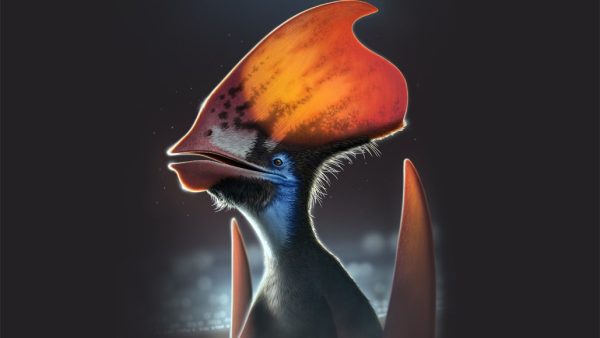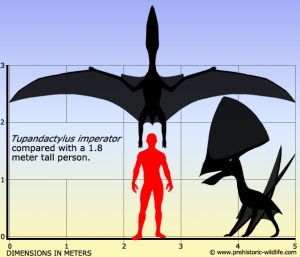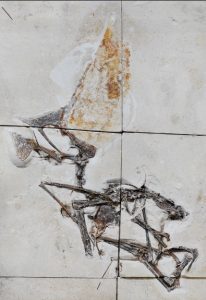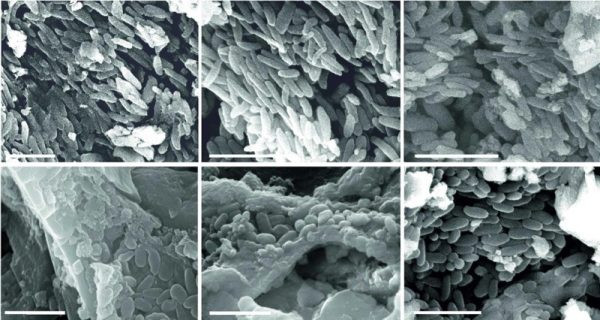Flying reptiles, known as pterosaurs, may have used their fuzzy feathers not just for warmth but also to attract mates, recent research suggests. A study published in Nature reveals that a 113-million-year-old pterosaur fossil exhibited an intriguing feature – two distinct types of feathers, including whiskerlike filaments on its head and more intricate branching structures akin to modern bird feathers.

The well-preserved soft tissues of the fossil allowed scientists to identify various shapes of pigment-bearing melanosomes in both feathers and skin. These shapes varied from elongate cigars to flattened disks, indicating a potential flamboyant display of colors on the pterosaur. Different melanosome shapes are associated with different colors, with shorter spheroidal ones suggesting yellow to reddish-brown hues and longer shapes indicating darker colors.

This discovery challenges previous debates on whether pterosaurs had true feathers or simpler “pycnofibers.” The presence of complex branching patterns in the feathers indicates a more bird-like structure, suggesting that feathers might have been more common among ancient flying reptiles than previously thought. Additionally, this finding provides insight into the possible function of these feathers beyond flight, potentially serving as tools for communication and mating displays.

The revelation that pterosaurs may have sported colorful plumage raises questions about the evolution of feathers and their purposes in prehistoric times. While it is possible that dinosaurs and pterosaurs independently evolved such features, the shared structural complexity of pigments in both groups suggests a common ancestor from the early Triassic period around 250 million years ago.
If feathers did indeed originate from a common ancestor as suggested by this study, it could push back the timeline of feather evolution significantly. This time frame coincided with a tumultuous period in Earth’s history following the Permian mass extinction, highlighting the potential importance of insulation and warm-bloodedness as survival strategies in the face of intense environmental challenges.

These new findings not only shed light on the evolutionary history of feathers but also contribute to our understanding of the diversity and adaptations of ancient flying reptiles. The presence of vibrant plumage in pterosaurs adds to the growing body of evidence suggesting that feathers were not exclusive to birds and dinosaurs but may have been a widespread feature among various groups of ancient reptiles.





